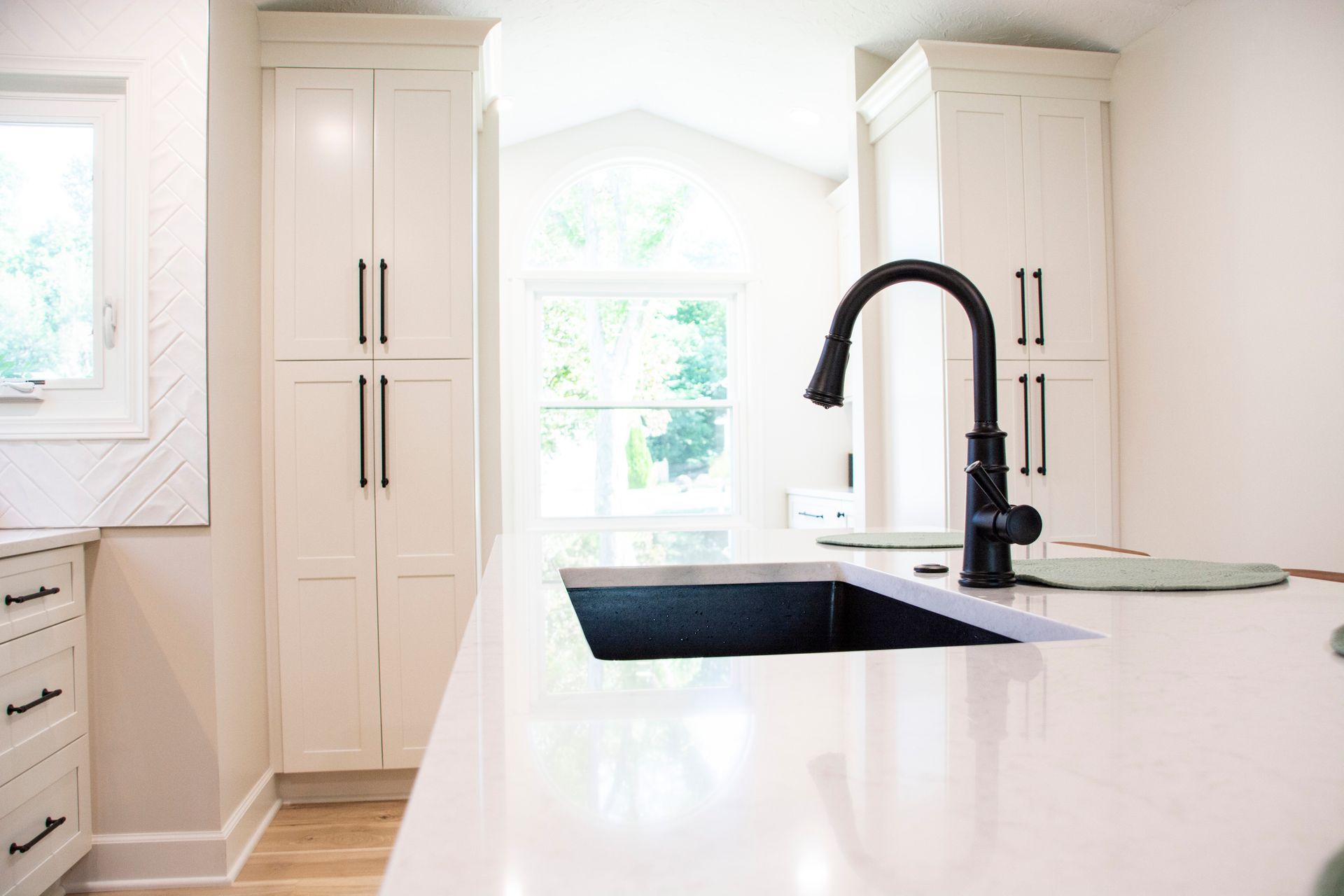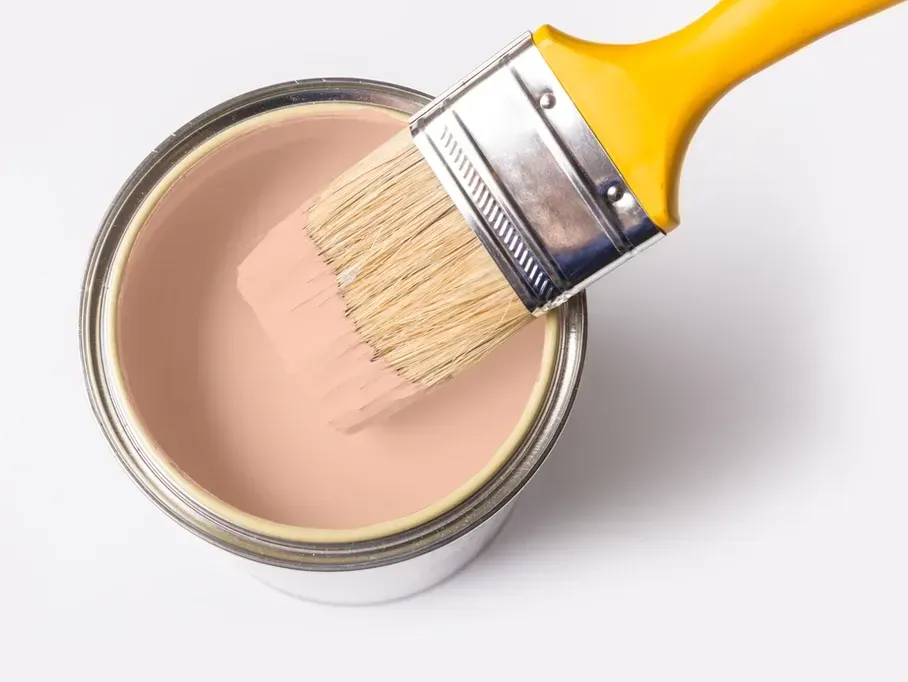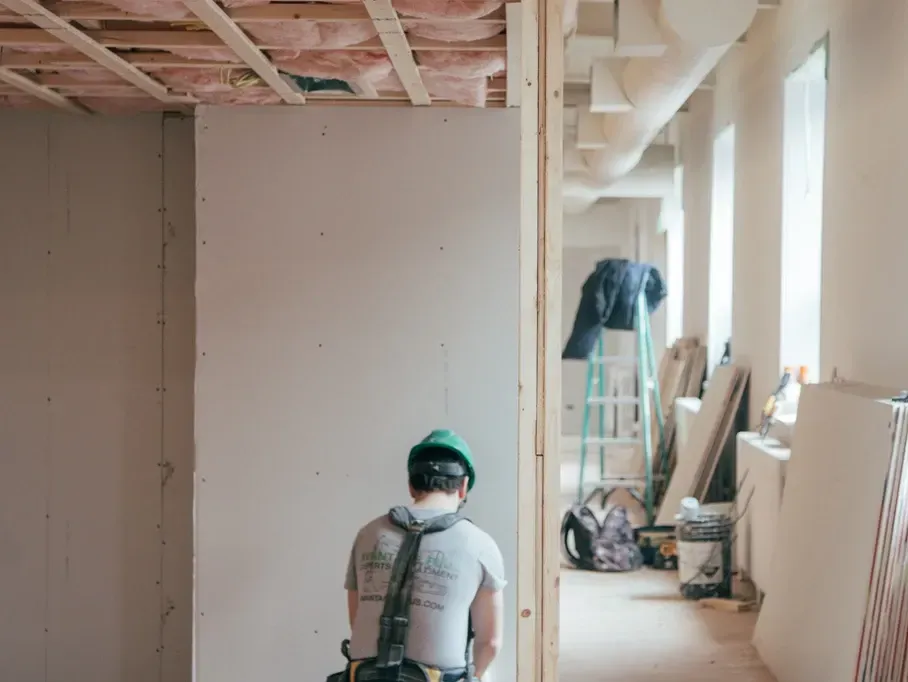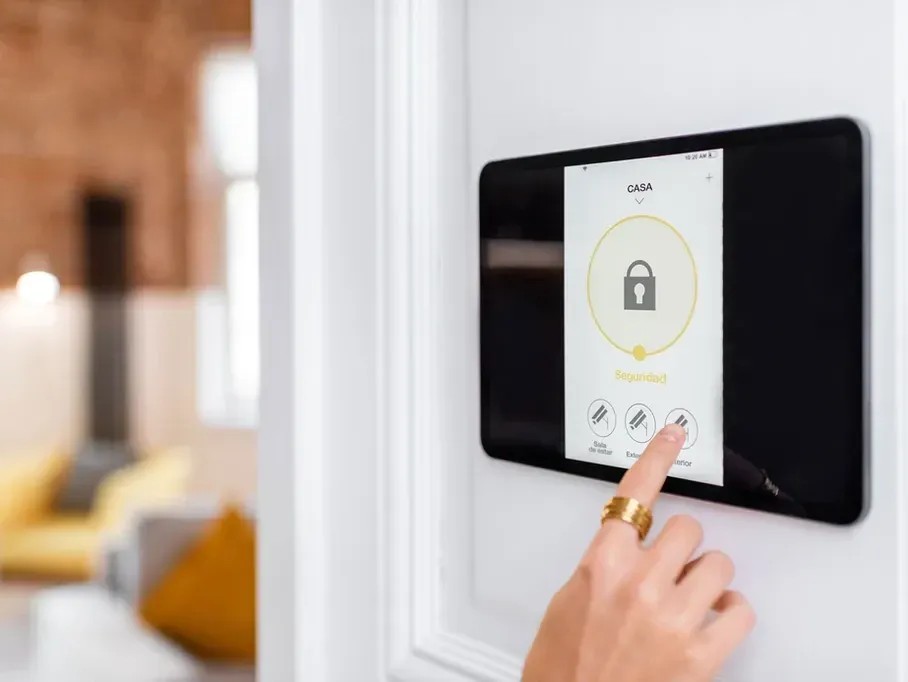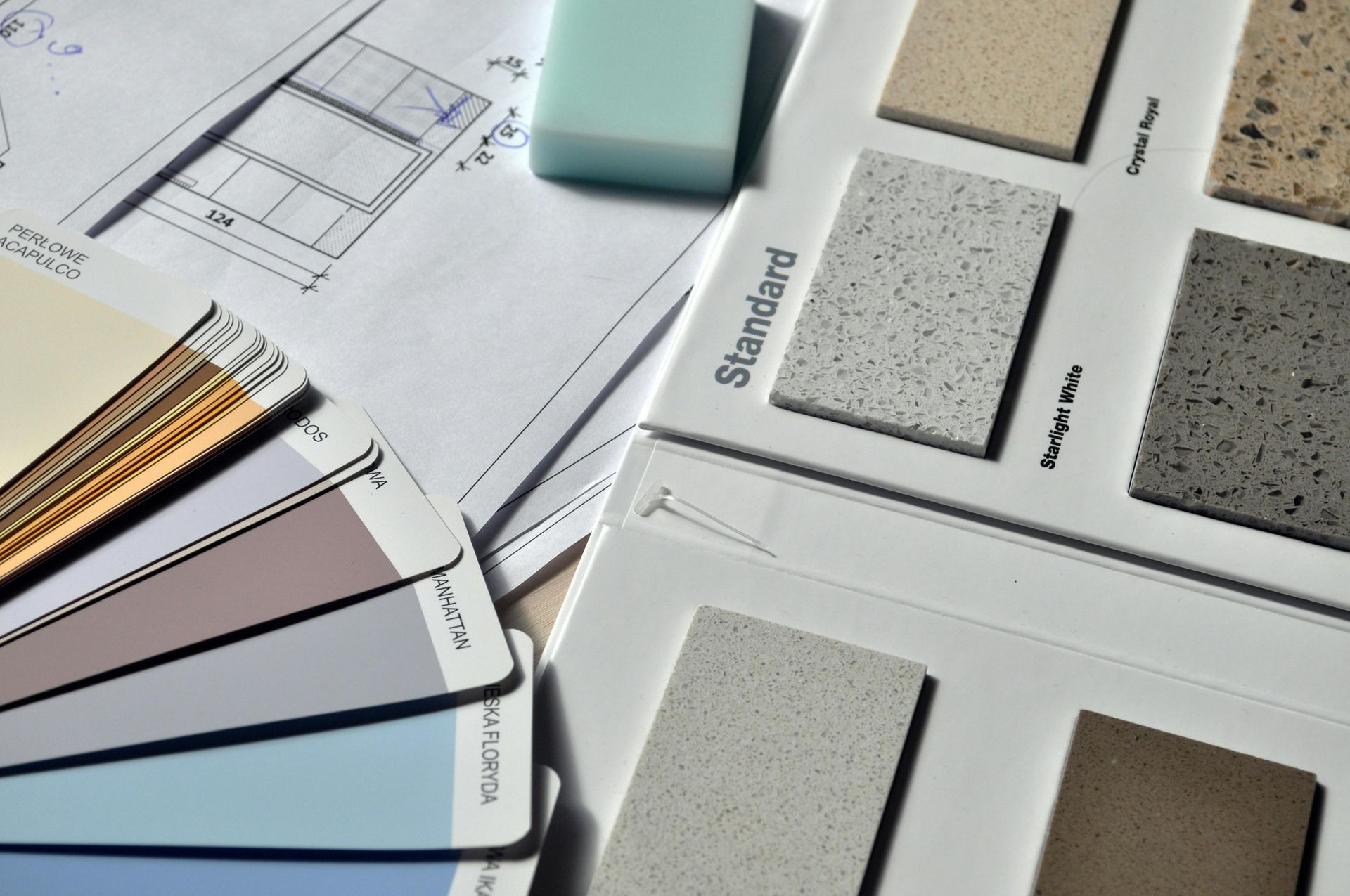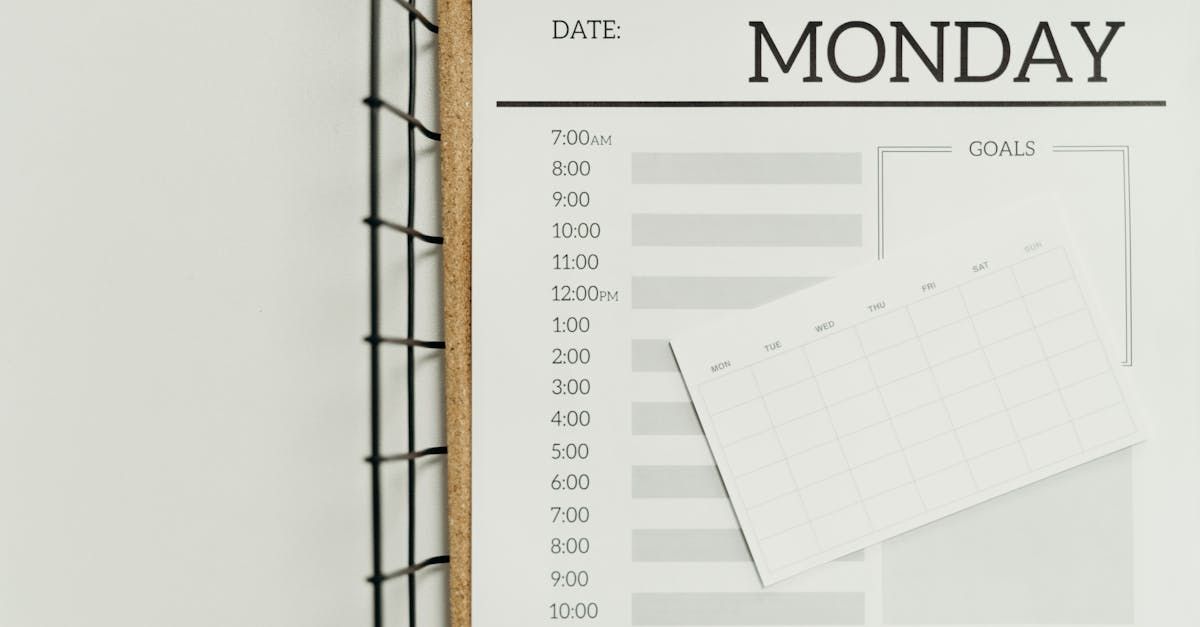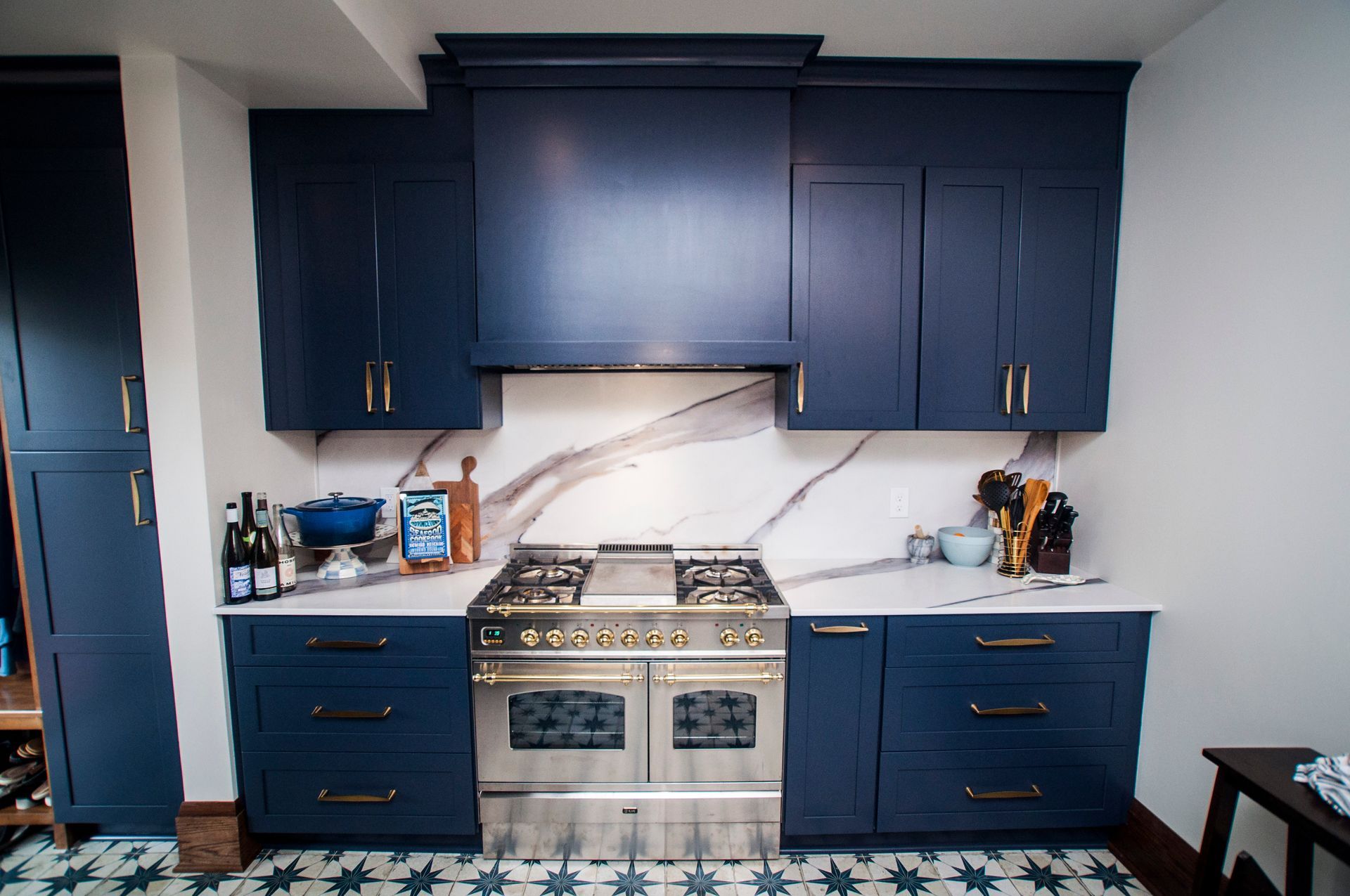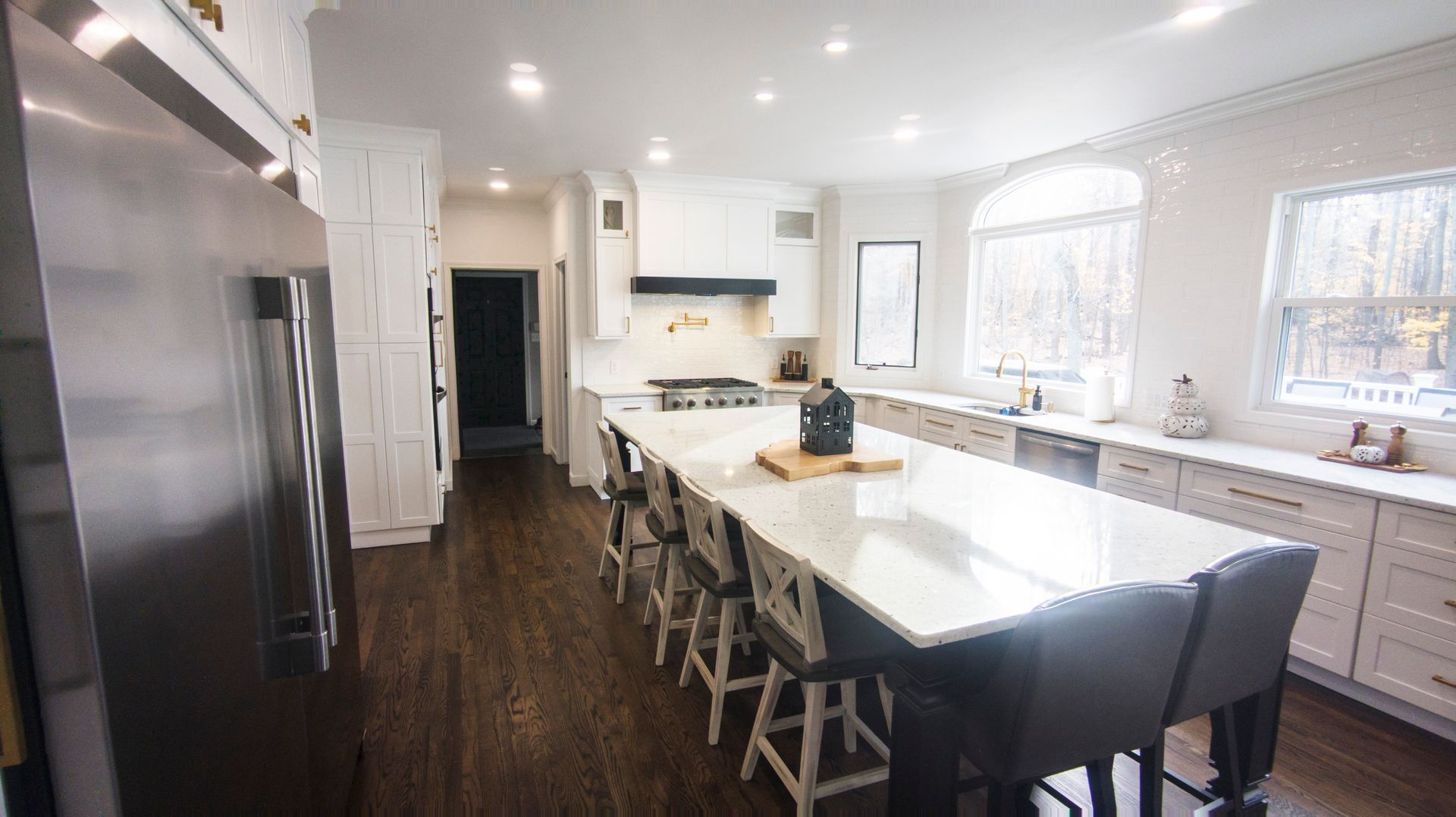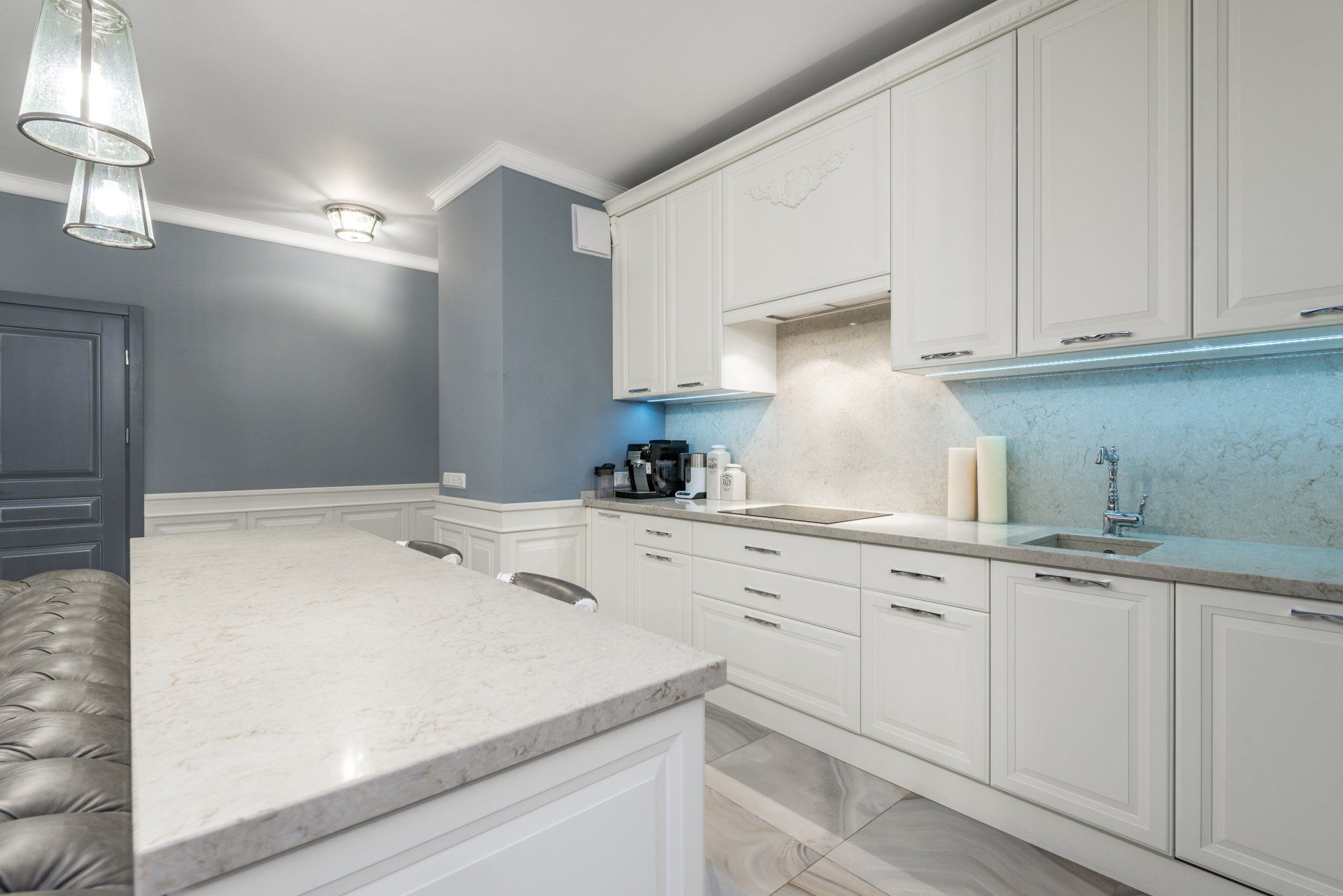Understanding the Challenges: Why Bottom-Freezer Refrigerators Face More Failure Issues
Let's break down why bottom-freezer refrigerators have such a bad reputation.
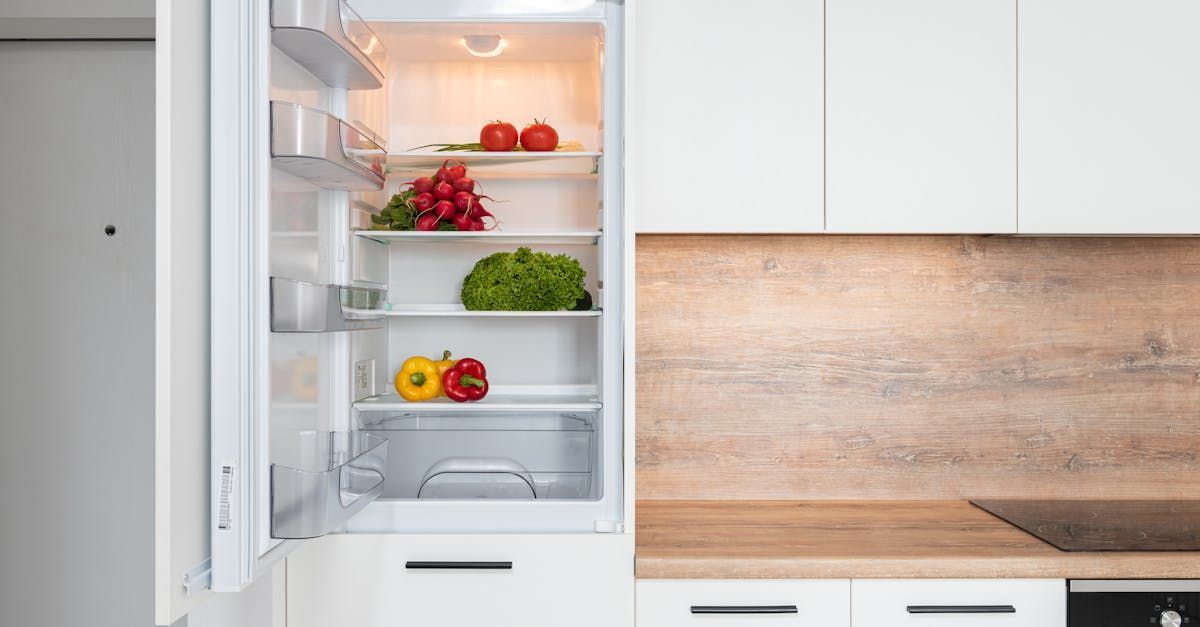
When shopping for a new refrigerator, many homeowners are drawn to the sleek, modern look of models with the freezer drawer located on the bottom. These refrigerators offer convenient access to fresh foods at eye level and a spacious freezer compartment. However, it's important to be aware of some common failure issues that tend to affect these models more frequently than their top-freezer counterparts. Here’s a closer look at why bottom-freezer refrigerators can experience more problems and what you can do to minimize these issues.
1. Compressor Location and Overheating
One significant design factor contributing to the higher failure rates in bottom-freezer refrigerators is the location of the compressor. In these models, the compressor is typically situated near the bottom, closer to the freezer compartment. This proximity can lead to the compressor working harder and becoming prone to overheating. Over time, this increased strain can cause the compressor to wear out faster, leading to potential failure.
2. Complex Defrost Drain Systems
Bottom-freezer refrigerators often come equipped with more complex defrost drain systems. While these systems are essential for preventing frost buildup and maintaining optimal performance, they can also be more prone to clogs and malfunctions. A clogged defrost drain can lead to water leakage inside the refrigerator, icing issues, and even unpleasant odors.
3. Frequency of Use and Door Seals
One might assume that the freezer, being on the bottom, would be less frequently opened compared to top-freezer models. However, the reality is that the refrigerator section, which is used more often, is on top, causing the bottom freezer to work harder to maintain its low temperature. Additionally, if the freezer door seals are not perfectly tight, warm air can enter, causing frost buildup and making the compressor work even harder.
4. Heat Rising Effect
Another factor to consider is the natural tendency of heat to rise. In bottom-freezer models, this means that the freezer compartment has to work harder to stay cold, especially when the refrigerator section is opened frequently. The constant battle against rising heat can put additional stress on the freezer’s cooling system.
5. Mechanical Complexity of Pull-Out Drawers
The pull-out drawer design, while convenient, introduces mechanical complexity that isn’t present in traditional top-freezer models. The sliding mechanisms and tracks can become worn or misaligned over time, leading to problems with opening and closing the freezer drawer. These mechanical parts are more prone to failure, especially under the weight of a fully loaded freezer.
6. Weight Distribution Stress
The weight of a fully stocked freezer drawer can place significant stress on the sliding mechanisms and door seals. Over time, this stress can lead to wear and tear, making the drawer harder to open and close and potentially compromising the integrity of the seals. This can result in air leaks and reduced efficiency, further straining the freezer's cooling system.
7. Maintenance Challenges
Bottom-freezer refrigerators can be more challenging to clean and maintain compared to their top-freezer counterparts. The location of the freezer means that accessing and cleaning the defrost drain, coils, and other critical components can be more cumbersome. Neglecting regular maintenance can exacerbate many of the issues mentioned above, leading to more frequent failures.
Minimizing Issues with Proper Care
While bottom-freezer refrigerators do have their share of challenges, proper care and maintenance can go a long way in minimizing these issues. Here are a few tips to help keep your bottom-freezer refrigerator running smoothly:
- Regular Cleaning: Make sure to clean the defrost drain and coils regularly to prevent clogs and improve efficiency.
- Check Seals: Periodically check the door seals for any signs of wear or damage and replace them if necessary.
- Avoid Overloading: Be mindful of the weight in your freezer drawer to avoid stressing the sliding mechanisms.
- Professional Maintenance: Schedule regular maintenance checks with a professional technician to ensure that all components are functioning correctly.
In conclusion, while refrigerators with the freezer on the bottom offer many conveniences, they also come with a unique set of challenges. By understanding these issues and taking proactive steps to address them, you can enjoy the benefits of your bottom-freezer refrigerator while minimizing the risk of failure.
